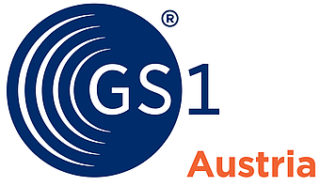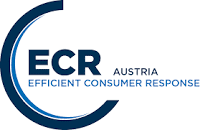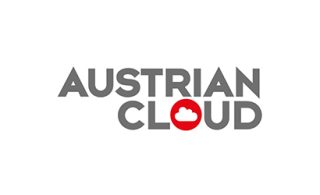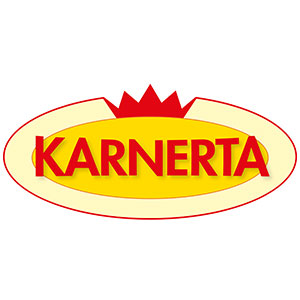Paperless along the supply chain

From orders to deliveries all the way to payment without a single piece of paper. Electronic Data Interchange makes it happen.
In the context of B2B processes, the term Order2Cash process frequently comes up. It describes the process that starts with receiving an order and goes all the way to payment of the outstanding invoice. Sophisticated Order2Cash processes rely on Electronic Data Interchange (EDI). This means that instead of exchanging paper documents, participating companies exchange electronic documents. Ultimately, this is a shift from manual to automated processing. This makes the supply chain paperless, more efficient, and safer. And there is more: since paper becomes obsolete and no more manual entries are needed, businesses first and foremost save time and money. But what does working with EDI as a tool mean in everyday practice? What does a paperless supply chain look like?
Laying the groundwork
The basis and ultimately the groundwork for any Order2Cash process is the master data matchup among business partners (PRICAT). Master data is consistent information about an article or its packaging options that the Order2Cash process relies on. Provided that this solid basis exists, nothing stands in the way of Electronic Data Interchange.
Ready to go!
The actual Order2Cash process starts with the order (ORDERS). Electronically transmitted order data are directly incorporated into the manufacturer’s ERP system, meaning that there is no system inconsistency, and trigger the order processing procedure. After order picking, the electronic despatch advice (DESADV) is generated, which is a key for optimizing supplier management and improved planning of incoming goods at retail stores. Truck idle times can be reduced and the merchandise receipt process can be accelerated. DESADV should be sent well before merchandise is delivered in order to ensure that data can be processed and that the merchandise will ultimately be handled correctly. Once the delivery has been correctly performed, the automated invoicing process starts and retailers will receive their electronic invoices (INVOIC).
Supposed obstacles
Since every company has different specificities and environment for the use of EDI, individual needs will vary. Oftentimes, existing and tried-and-trusted ERP systems are seen as an obstacle even though this is not the case. The magic word here is “interface.” Interfaces are used to achieve a “common language” to transfer information from one system to another. The language that is understood around the world when it comes to EDI is called EDIFACT. Another supposed obstacle, oftentimes mentioned especially by SMEs and start-ups, is the company size. And yet, a large variety of implementation options exist for every company’s specific needs. One example of an inexpensive solution is Web EDI. This is an online portal that allows users to swiftly and intuitively access orders, process invoices, and transfer them directly to the client. Ultimately, there are no actual obstacles for successfully using EDI. Having a good basis is key, meaning good preparation and close collaboration between specific business partners and their EDI service provider.

Basic Supply-Chain Process based on EDIFACT messages.
Symbolic image copyright iStock, Yozayo
Graphic copyright EDITEL Austria GmbH











